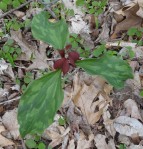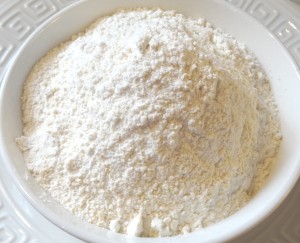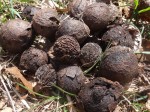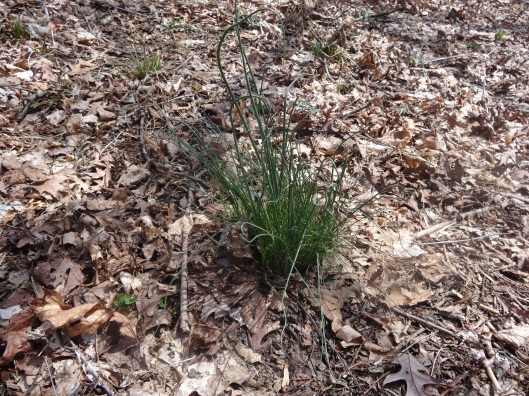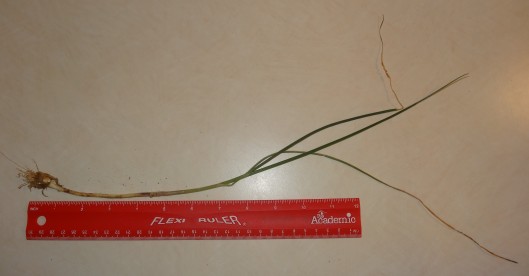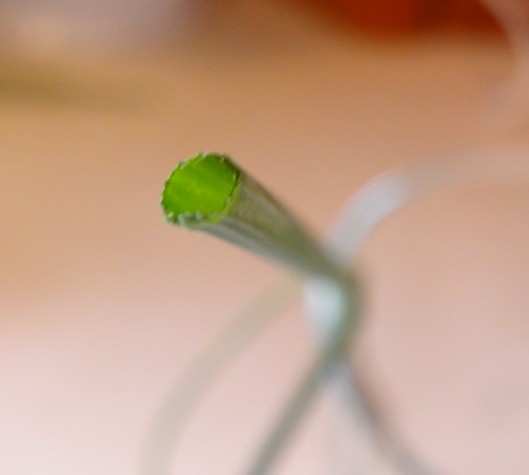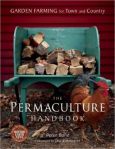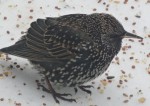Tags
Bloodwort, Columbine, Eastern Redbud, edible, forest, gardening, herbal, love tip, medicinal, permaculture, spring, sustainability, Trillium, woods
It is so important to know what is already growing nearby!
I’ve been busy combing my woods lately and I’ve found many new edibles and herbals/medicinals. These are all early spring/spring bloomers.
Bloodroot/Bloodwort — (Caution: Bloodroot must be used with extreme caution and under professional care!) Medicinal uses: mainly for bronchial problems and severe throat infections, pharma uses mixed with other compounds to treat heart problems, treating migraines, and in dental uses. The paste is used externally for skin diseases/cancer, warts, tumors and ringworms. The root has many uses as a dye and anesthetic/expectorant.
Trillium — The young unfolding leaves are edible raw or cooked as a pot herb. The root has many medicinal uses as an antiseptic, diuretic, and ophthalmic and can be boiled, grated, and/or made into a poultice for external use on the eyes to reduce swelling or to reduce joint aches and inflammation.
Columbine — A flower that is both beautiful and edible. The flowers are high in nectar and therefore can have a hint of sweetness. The roots are used to stop diarrhea and the flowers and seeds are used for the liver, jaundice, and kidney stones. Leaves are used for aches and mouth/throat sores as lotions.
Eastern Redbud Tree — Another pretty flower that is also edible raw or pickled while also rich in vitamin C; buds can be used as a caper. The inner bark can be made into a tea creating strong astringent. Redbuds are also used to treat fevers, diarrhea, dysentery, whooping cough and congestion.
Please remember to use home remedies with caution, and to always ensue proper identification. The information here in no way substitutes professional advice for ailments and/or use of the plants listed!


